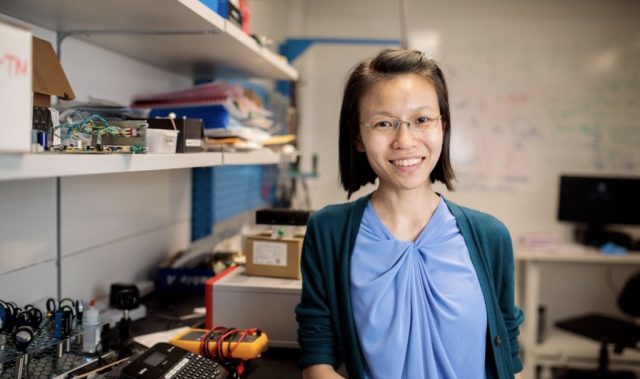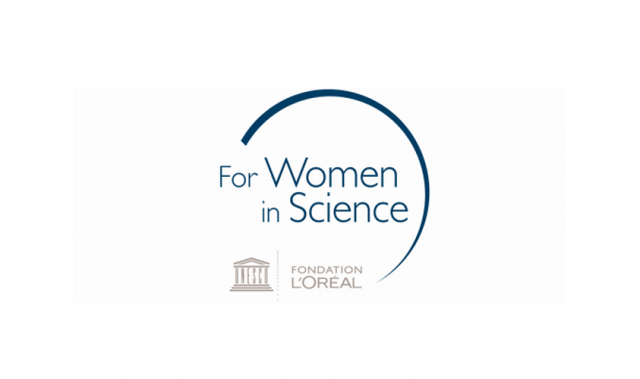
AsianScientist (Apr. 28, 2016) – Quantum physics has a reputation for being mysterious and mathematically challenging, making it all the more surprising that a new technique to detect quantum behavior relies on a familiar tool: a zip program you might have installed on your computer right now. The work was published in the New Journal of Physics.
“We found a new way to see a difference between the quantum universe and a classical one, using nothing more complex than a compression program,” said Dr. Dagomir Kaszlikowski, a Principal Investigator at the Centre for Quantum Technologies at the National University of Singapore.
Kaszlikowski and colleagues showed that compression software, when applied to experimental data, can reveal when a system crosses the boundary of our classical picture of the Universe into the quantum realm.
In particular, the technique detects evidence of quantum entanglement between two particles. Entangled particles coordinate their behavior in ways that cannot be explained by signals sent between them or properties decided in advance. This phenomenon has shown up in many experiments already, but the new approach does without an assumption that is usually made in the measurements.
“It may sound trivial to weaken an assumption, but this one is at the core of how we think about quantum physics,” said co-author Professor Christian Kurtsiefer.
The relaxed assumption is that particles measured in an experiment are independent and identically distributed (i.i.d.). Experiments are typically performed on pairs of entangled particles, such as pairs of photons. Measure one of the light particles and you get results that seems random. The photon may have a 50:50 chance of having a polarization that points up or down, for example. The entanglement shows up when you measure the other photon of the pair: you’ll get a matching result.
A mathematical relation known as Bell’s theorem shows that quantum physics allows matching results with greater probability than is possible with classical physics. This is what previous experiments have tested. But the theorem is derived for just one pair of particles, whereas scientists must work out the probabilities statistically, by measuring many pairs. The situations are equivalent only as long as each particle-pair is identical and independent of every other one—the i.i.d. assumption.
With the new technique, the measurements are carried out the same way but the results are analyzed differently. Instead of converting the results into probabilities, the raw data (in the form of ones and zeros) is used directly as input into compression software.
Compression algorithms work by identifying patterns in the data and encoding them in a more efficient way. When applied to data from the experiment, they effectively detect the correlations resulting from quantum entanglement.
In the theoretical part of the work, the researchers worked out a relation akin to Bell’s theorem that’s based on the ‘normalized compression difference’ between subsets of the data. If the universe is classical, this quantity must stay less than zero. Quantum physics, they predicted, would allow it to reach 0.24.
To test this theory, the team first collected data from measurements on thousands of entangled photons. Then they used an open-source compression algorithm known as the Lempel-Ziv-Markov chain algorithm—used in the popular 7-zip archiver—to calculate the normalized compression differences. They found a value exceeding zero—0.0494 ± 0.0076—proving that their system had crossed the classical-quantum boundary.
The value is less than the maximum predicted, because the compression does not reach the theoretical limit and the quantum states cannot be generated and detected perfectly.
It’s not yet clear whether the new technique will find practical applications, but the researchers see their ‘algorithmic’ approach to the problem fitting into a bigger picture of how to think about physics. They derived their relation by considering correlations between particles produced by an algorithm fed to two computing machines.
“There is a trend to look at physical systems and processes as programs run on a computer made of the constituents of our universe,” write the authors. This work presents an “explicit, experimentally testable example.”
The article can be found at: Poh et al. (2016) Probing the Quantum–Classical Boundary with Compression Software.
———
Source: Center for Quantum Technologies; Photo: Shutterstock.
Disclaimer: This article does not necessarily reflect the views of AsianScientist or its staff.












